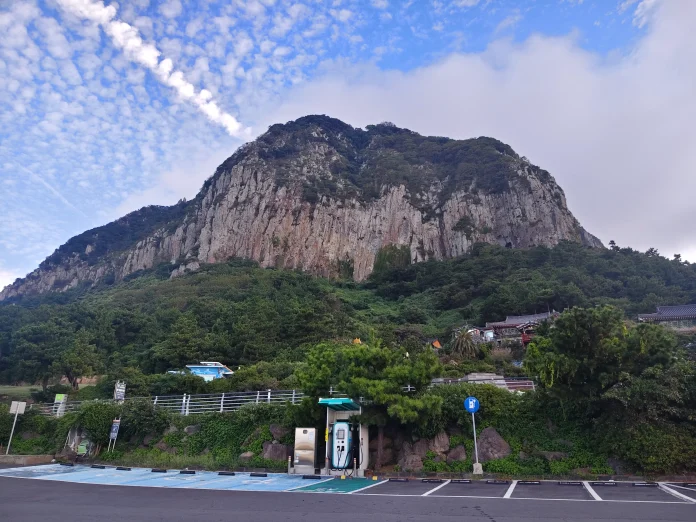Apart from the capital city of Seoul, Jeju is another popular tourist hotspot in South Korea. Jeju is the largest island in South Korea, sitting right at the southernmost point of the country. This volcanic island was formed by volcanic activity and is home to Hallasan, the tallest mountain in South Korea, right at its centre.
Jeju offers every aspect of natural beauty, including islands, volcanoes, waterfalls, beaches, national parks, caves and forests. It is the destination for travellers who want to experience a variety of natural attractions all in one spot. Listed as a Unesco World Natural Heritage site, Jeju Island is a treasure trove of sights, foods and activities. It is also the top tourist destination that Koreans yearn to visit every year.
After arriving at Incheon International Airport, proceed to Gimpo Airport (domestic airport terminal) and get on a plane to Jeju. The domestic flight provided by Korean Air takes 70 minutes.
Sanbangsan
Sanbangsan is the second-highest mountain in Jeju. Sanbangsan and its surrounding canola flower fields are iconic and they often represent Jeju tourism in photographs.
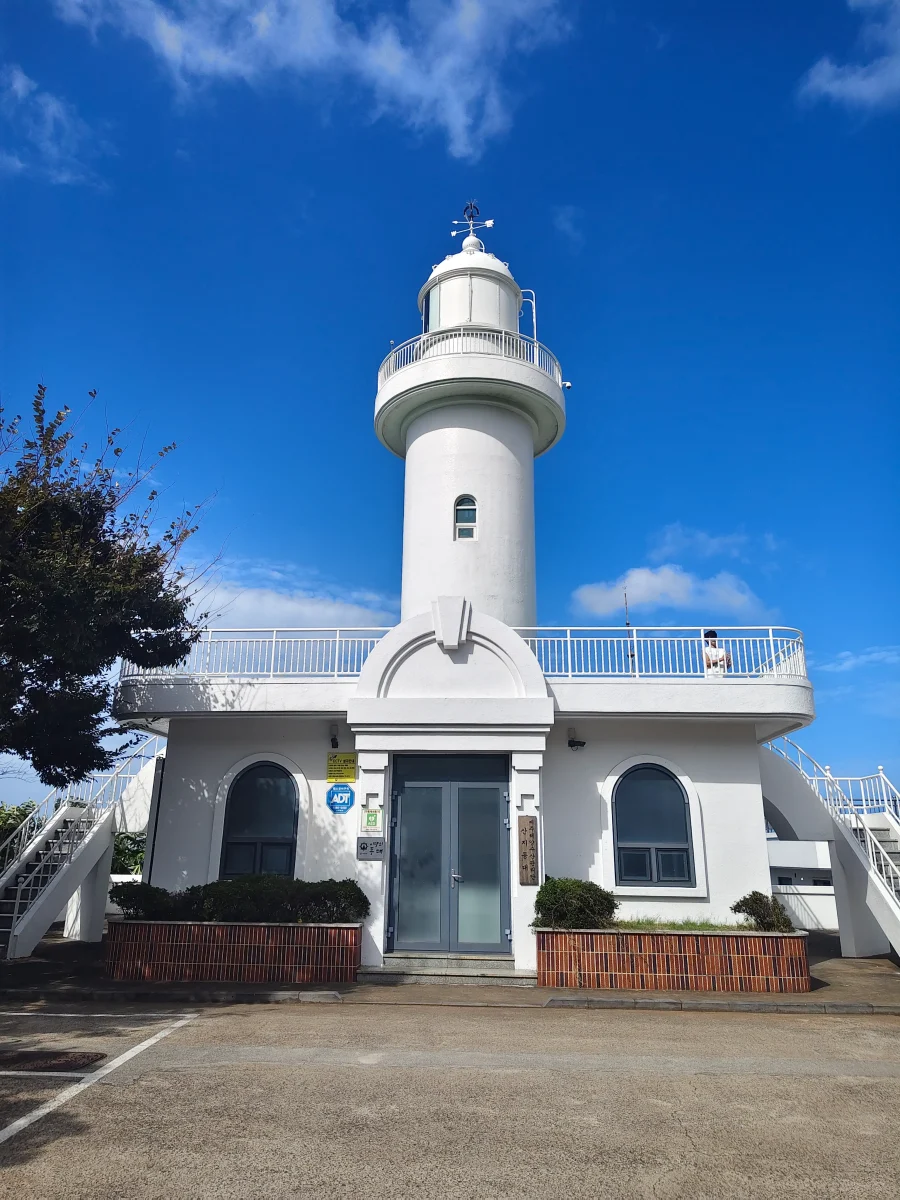
Sanji Lighthouse
The name Sanji comes from Sanjichon Village, literally translated as the mountainous village. Sanjicheon Stream originates from Hallasan Mountain and flows into the sea. Located halfway up Sarabong Peak, one of the signature parks on Jeju Island, Sanji Lighthouse overlooks the port of Jeju.
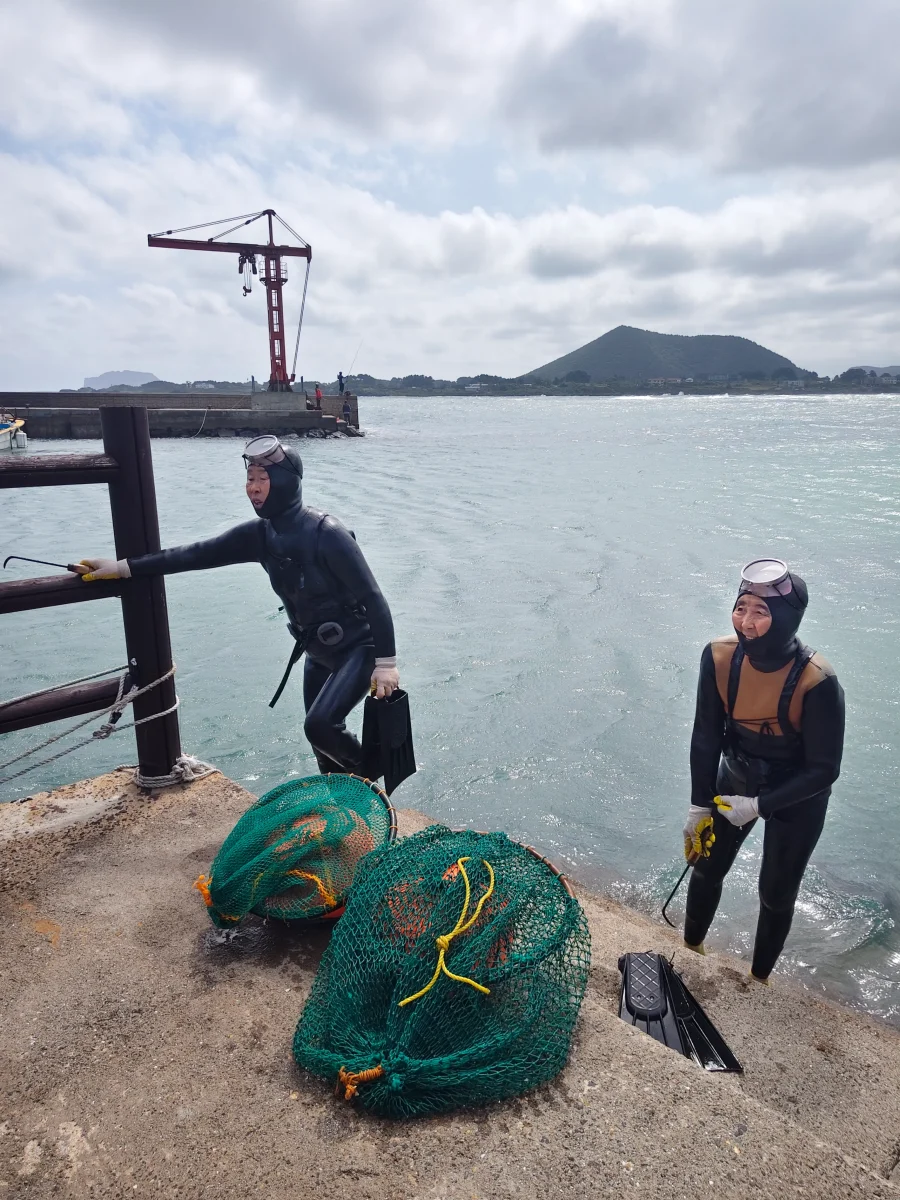
Hadori Haenyeo Village
Jeju haenyeo (women divers) have been making a living by diving for seafood without using any oxygen tanks. They are living testaments to Korea’s traditional oceanic culture and women’s fishing culture. Visitors can watch haenyo diving here and experience diving with haenyo, harvesting conch and abalone.
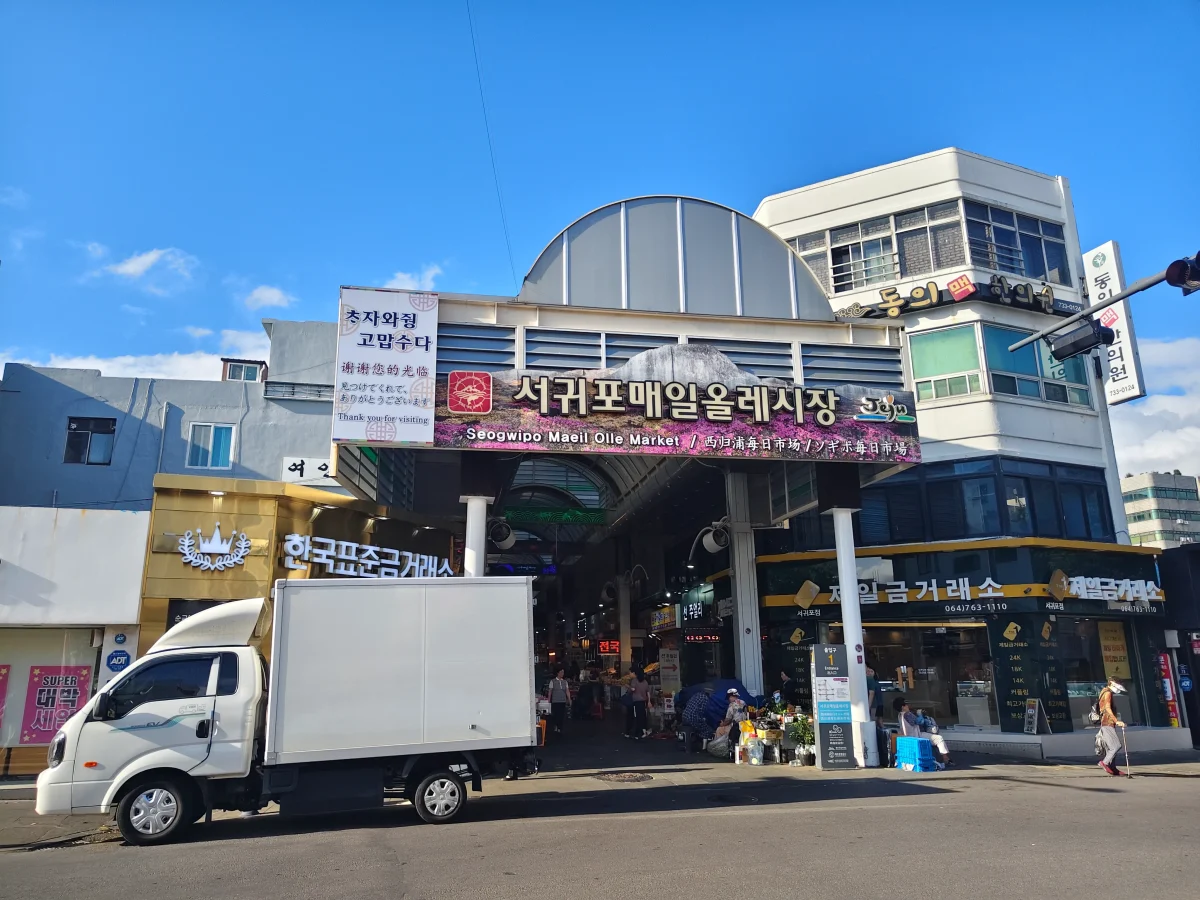
Seogwipo Maeil Olle Market
Located in the centre of Seogwipo City, this market has established itself as an essential destination in any Jeju travel itinerary. As a year-round traditional market, it sells Jeju’s specialties such as Omegi rice cakes, mandarins, hallabong (Jeju tangerine), hairtail fish, black pork and more, along with a variety of other souvenirs and foods.
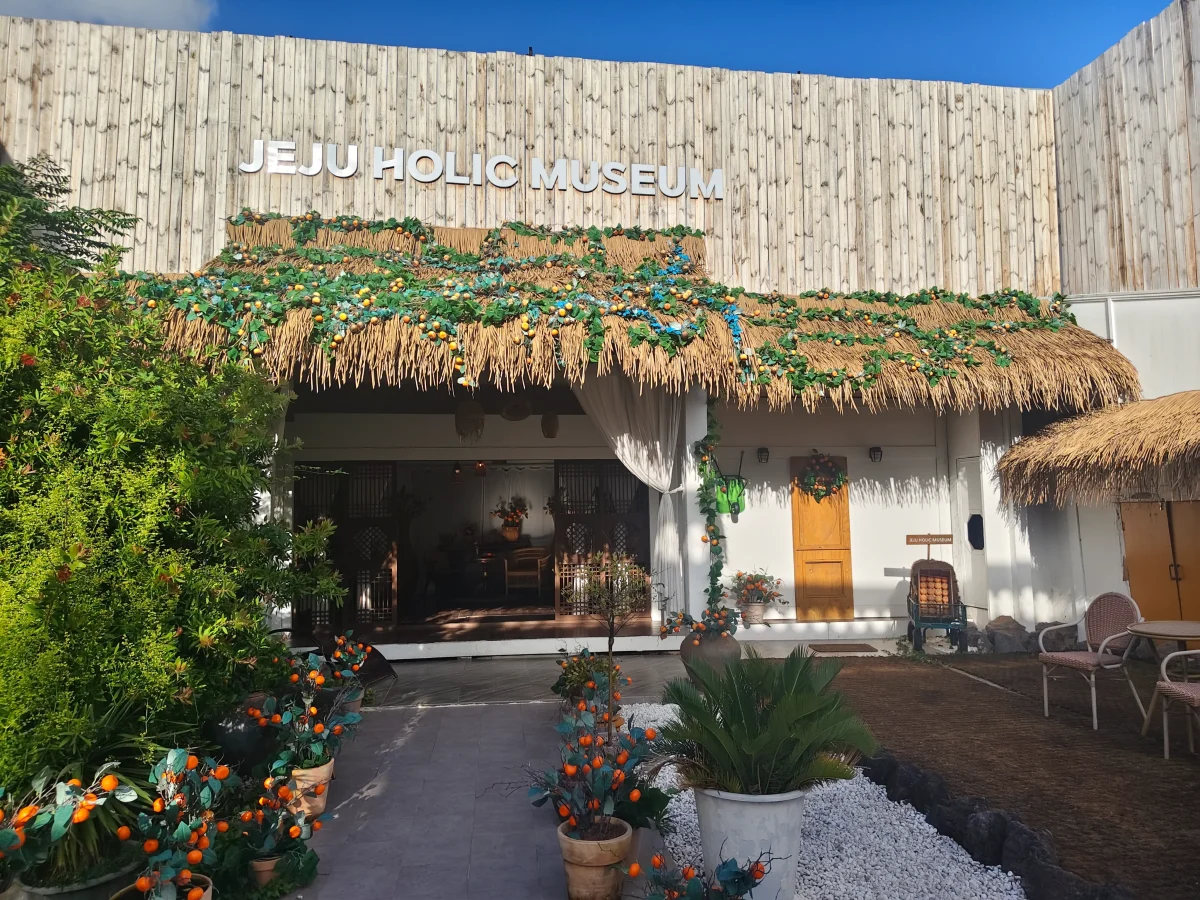
Jeju Holic Museum
The museum tells the story of Jeju through five themed areas, each using innovative and modern storytelling techniques. Visitors can learn about the island’s history, culture and notable things of Jeju.
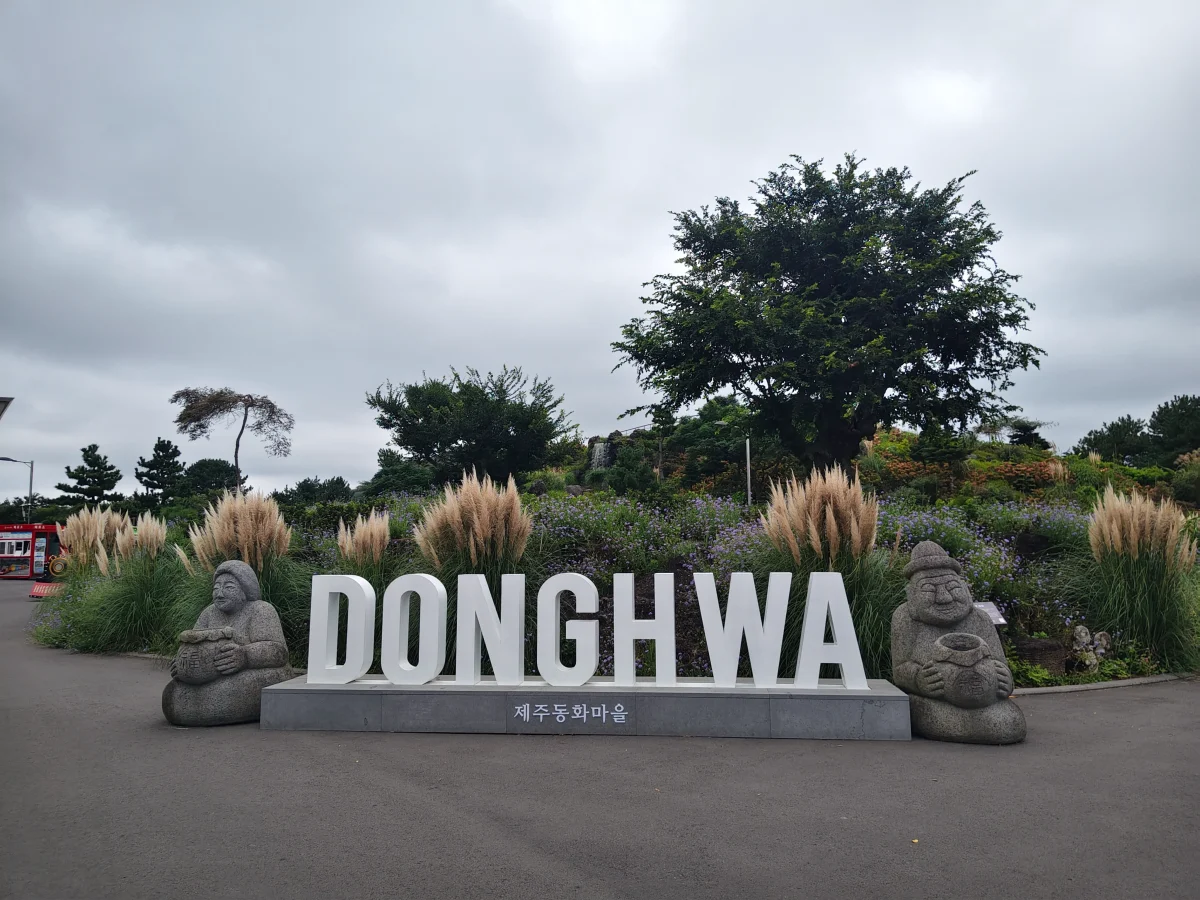
Songdang Fairytale ‘DongHwa’ Village
Step into a storybook world where Jeju’s nature and mythology come together. This place captures the essence of Jeju through themes of trees, stones, culture, mythology and flowers of the four season. It also houses South Korea’s largest Starbucks Reserve outlet. Free admission.
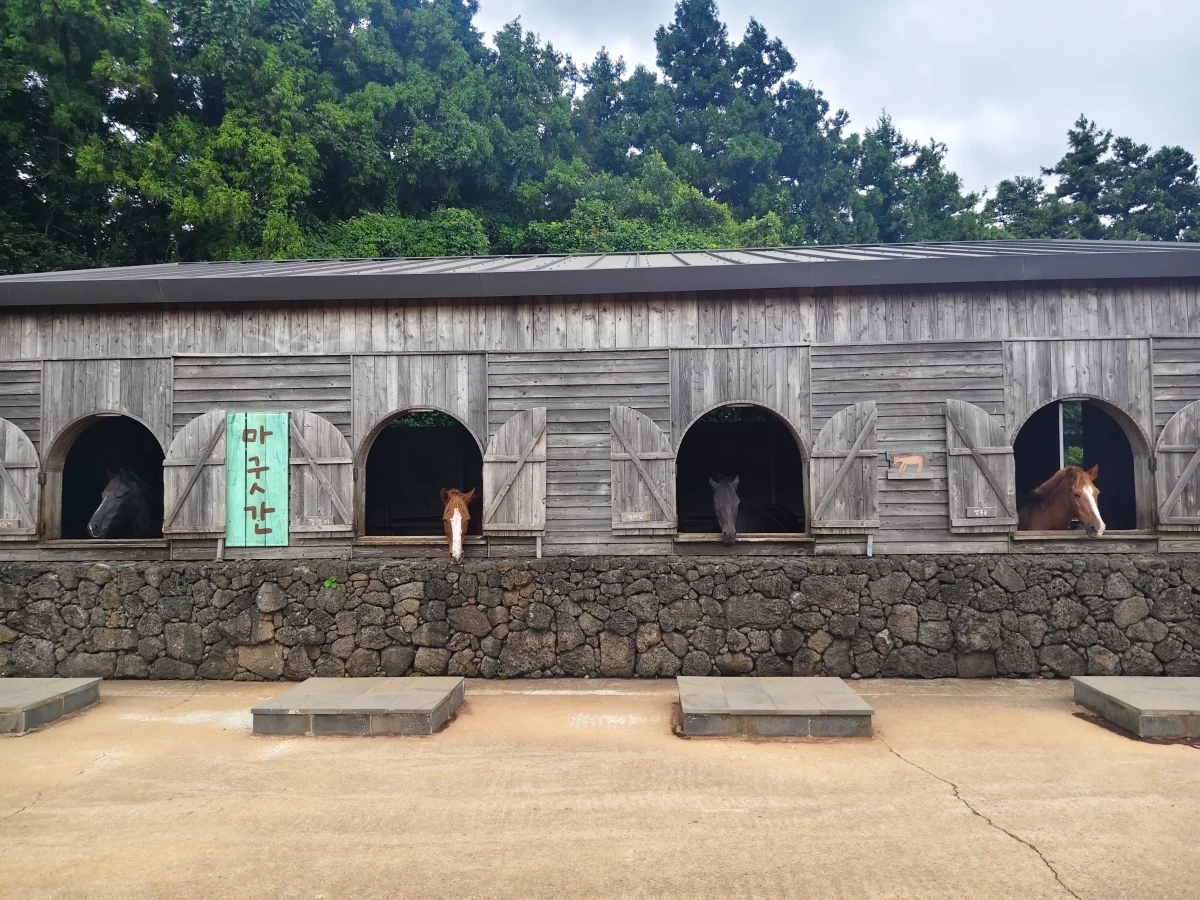
Mokjang Cafe Batti
Visitors can enjoy horse riding, pony-feeding and delight in coffee and cakes at the cafe. Fun for the whole family.
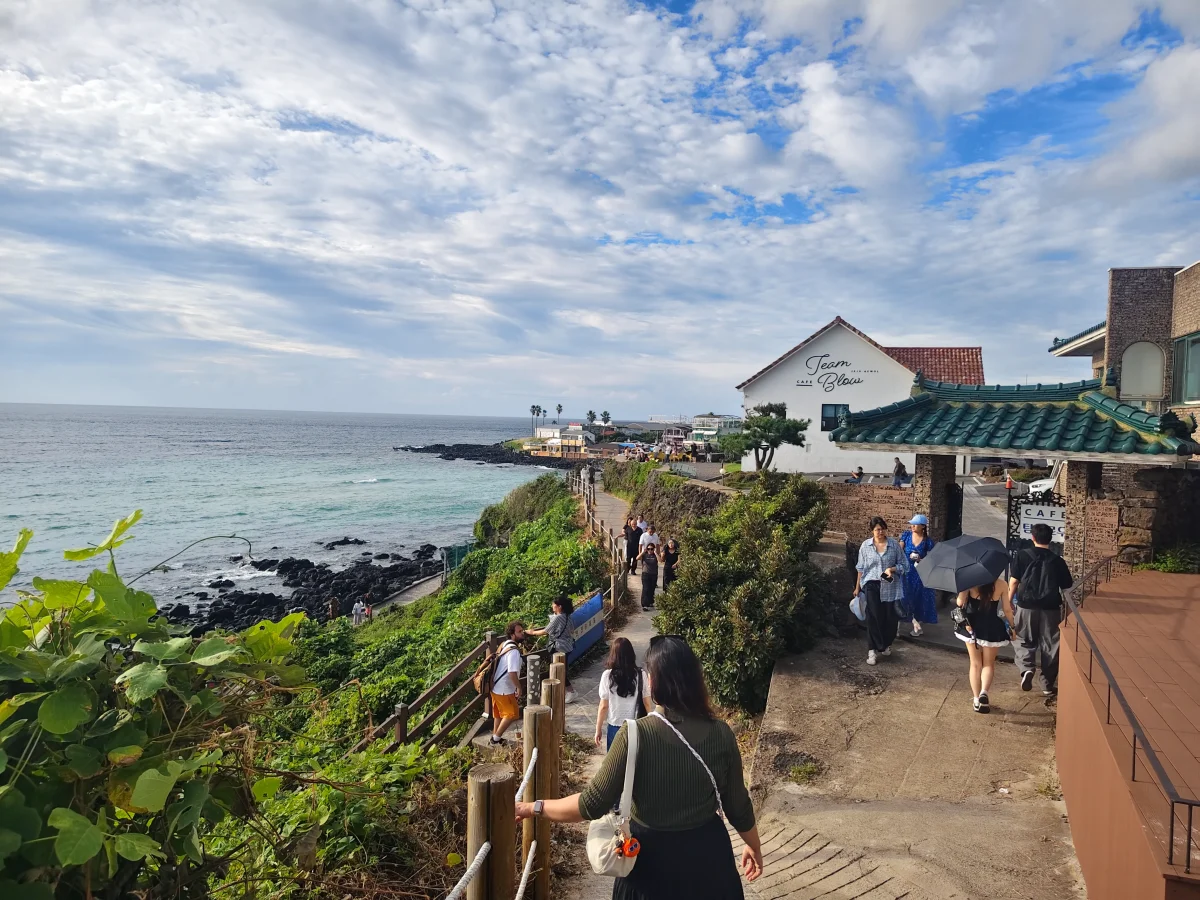
Handam Beach (Aewol Coastal Road)
Handam Coastal Trail, or Gwakgeum Olle Trail, is established along the shore from Aewol Port to Gwakjigwamul Beach. A great place to watch the beautiful sunset as it is located on the west side of Jeju.
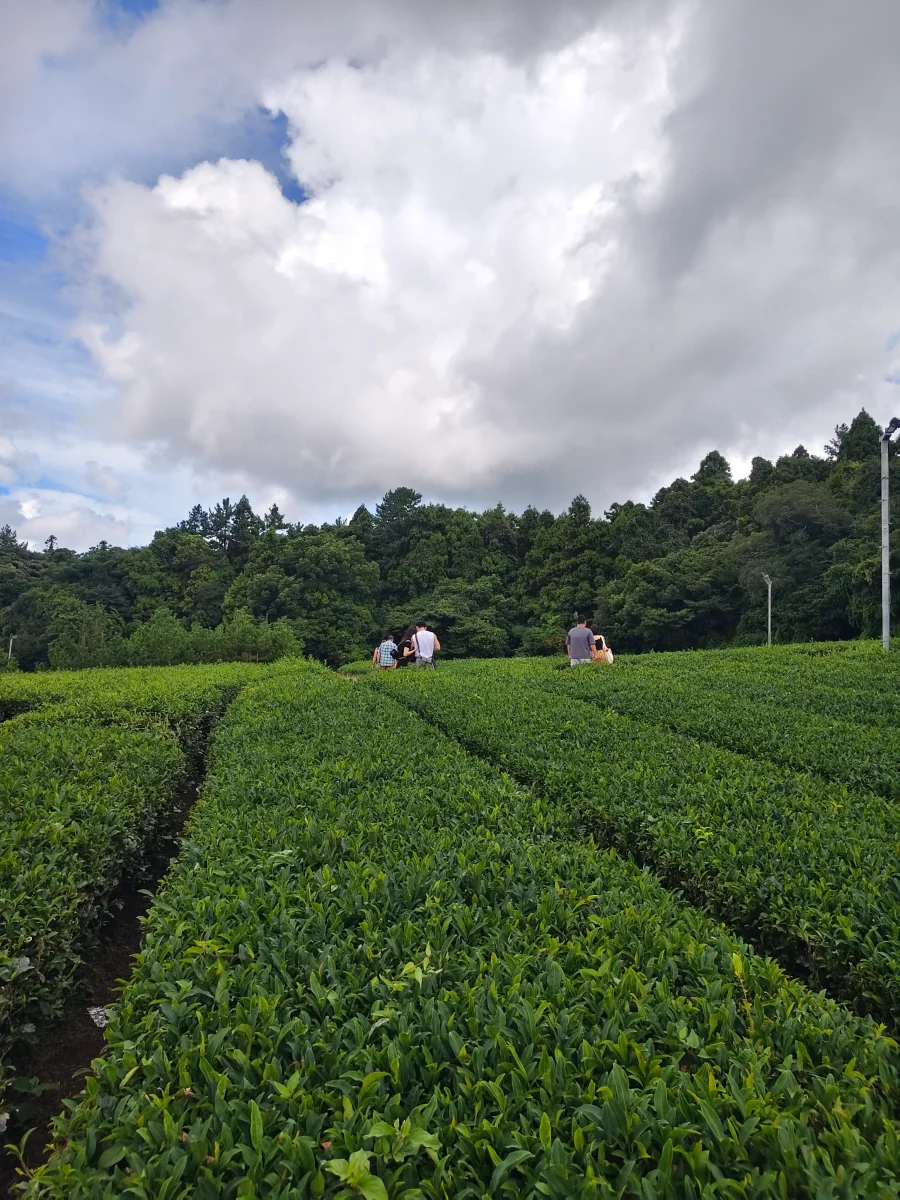
O’sulloc Tea Museum & Green Tea Field
This place highlights Korea’s tea history on a scenic farm near Hallasan Mountain. Once rocky and barren, it is now Korea’s largest organic tea farm. It attracts 2 million visitors annually. Its green teas are grown in the volcanic environment of Jeju Island, coupled with five natural elements: sun, wind, water, soil and fog, the key to producing high-quality tea products.
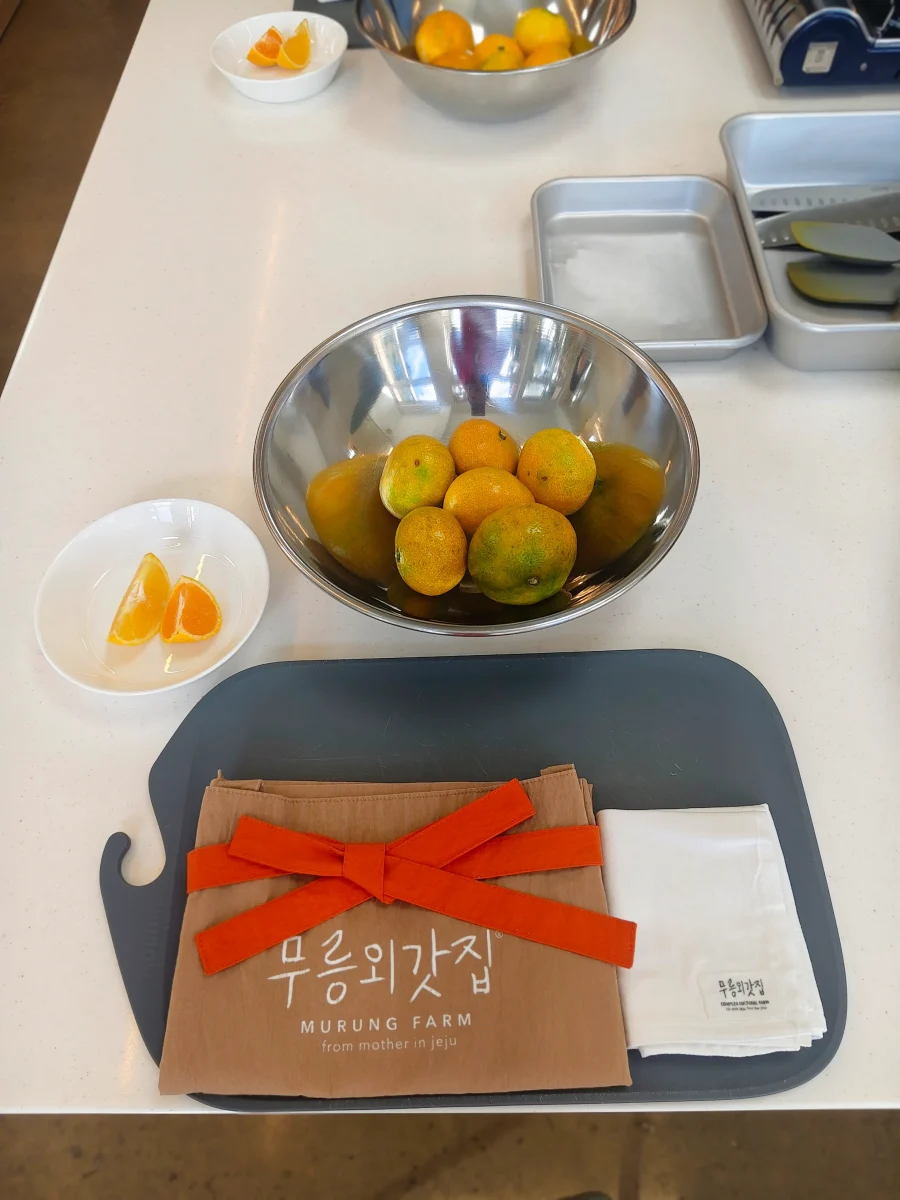
Murung Farm
Visitors can participate in tangerine jam-making experiences here. Jeju tangerines are a famous specialty of Jeju, cultivated in the island’s fertile volcanic soil. The picking season typically runs from November to January.




